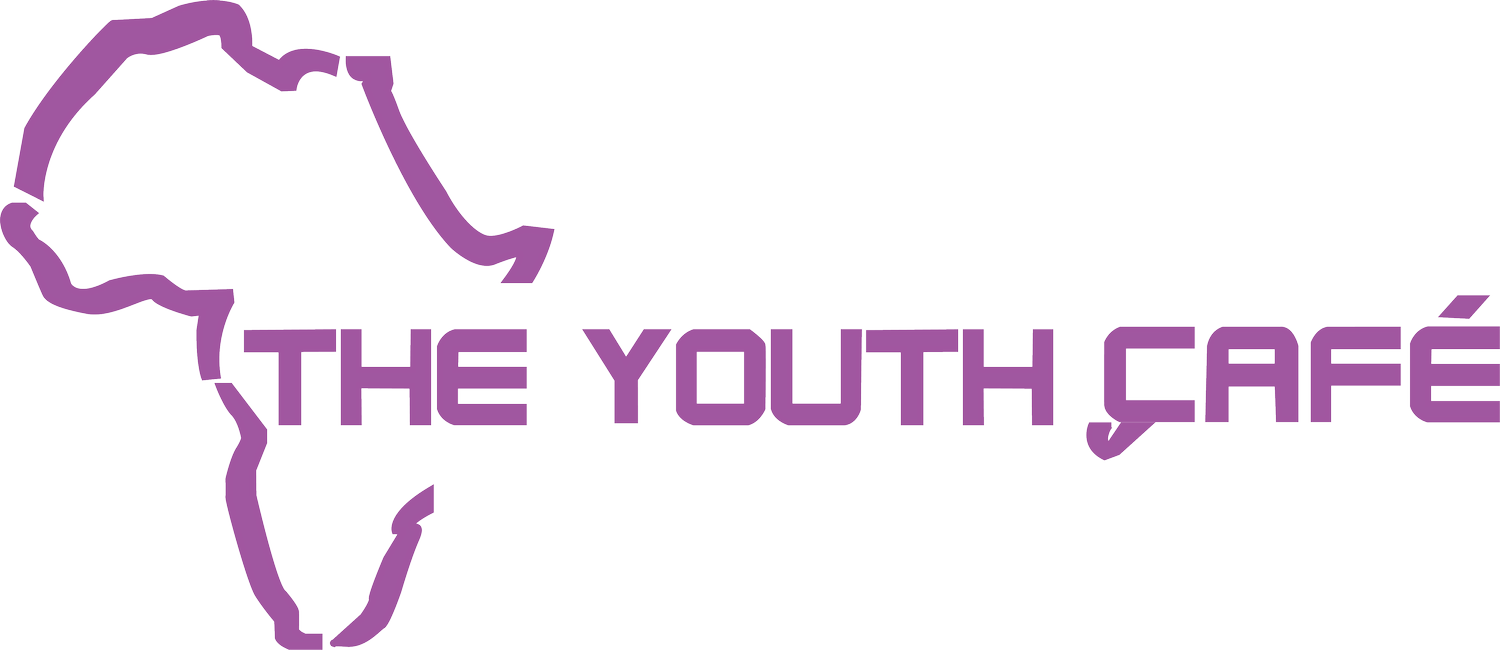The FfD4 is taking place at a time when the world is reeling with multiple crises: growing inequalities within and between countries, unsustainable debt burdens faced by Global South countries undermining the realization of human rights and the provision of public services, structural gender inequalities, decent work deficit, continued corporate tax avoidance and evasion and illicit financial flows, rise in conflicts and militarism, cuts in official development assistance (ODA) and failure to uphold longstanding commitments, shrinking civic space, the worsening triple planetary crisis, widespread hunger and malnutrition, growing fractures in the multilateral trade system, and rapidly declining international cooperation.
SHIFTING FUNDING PRACTICES
Build and Share Power: Non-profits and movement leaders have traditionally not been present in rooms where governments and corporations make big structural decisions. This is especially true for black-, indigenous-, and people of color-led organisations, as well as those led by women, young people, and people with disabilities. Funders can help re-balance these inequities. They can achieve this by sharing power with and building power for the social sector, giving more resources directly at the local level to organisations with local leadership and local ownership, and making more robust investments in organizations led by proximate leaders of color. More inclusive decision-making structures and spaces need to be designed.
PACT FOR THE FUTURE
We, the Heads of State and Government, representing the world's people, have gathered at United Nations Headquarters to take action to safeguard the future for present and coming generations. We are at a moment of acute global peril. Across our world, people are suffering from the effects of poverty, hunger, inequality, armed conflicts, violence, displacement, terrorism, climate change, disease, and the adverse impacts of technology. Humanity faces a range of potentially catastrophic and existential risks. We are also at a moment of opportunity, where advances in knowledge and technology, properly managed, could deliver a better future for all.
Adolescent Well-being
Adolescent well-being is a personal and societal good in its own right, and at the same time, adolescence is a critical period of the life course when many of the factors that contribute to lifelong well-being are, or are not, acquired or solidified. The direct and indirect effects on adolescents’ well-being of the coronavirus disease 2019 pandemic and the responses to it have reinforced the importance of systems being in place to support the well-being of adolescents. But what is adolescent well-being? And how do adolescent well-being and adolescent health relate to each other?
Diversity, Equity, and Inclusion for the Youth: Why it Matters
The values of diversity and inclusion are no longer just buzzwords for policy-makers, the public service, and other governmental or non-governmental institutions. When these organizations truly embody such values, it not only ensures representation of the society they serve and limits groupthink but also fosters public trust, equity, accessibility, transparency, and impartiality.





